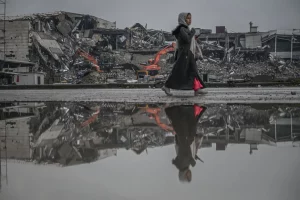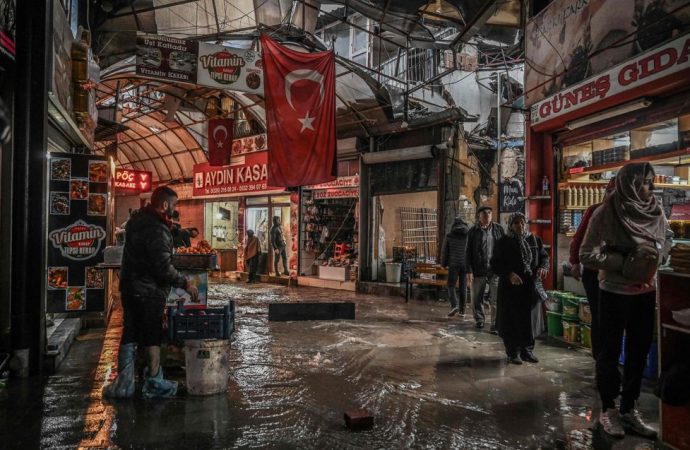Introduction In the aftermath of a devastating earthquake in Turkey, resilience and recovery efforts have taken center stage. One year on, innovative solutions, particularly the use of container cities, are reshaping the landscape of the quake zone. Dr. Selim Arslan, a distinguished Professor of Urban Planning and Disaster Management, provides insights into the progress made
Introduction
In the aftermath of a devastating earthquake in Turkey, resilience and recovery efforts have taken center stage. One year on, innovative solutions, particularly the use of container cities, are reshaping the landscape of the quake zone. Dr. Selim Arslan, a distinguished Professor of Urban Planning and Disaster Management, provides insights into the progress made and the potential implications of this unconventional approach.
Assessing the Progress
One year after the earthquake, the progress in rebuilding communities is a testament to the resilience of the affected population. Dr. Arslan comments, “The recovery process is multifaceted, involving not just physical reconstruction but also psychological healing and community rebuilding. Container cities emerge as a pragmatic response to urgent housing needs.”
Innovative Use of Container Cities
Container cities, an innovative approach to providing temporary housing, have become a focal point in the recovery efforts. Dr. Arslan explains, “The use of repurposed shipping containers offers a quick and efficient solution to address the immediate shelter needs of displaced residents. It’s a creative response that minimizes the environmental impact and accelerates the rebuilding process.”
Impact on Rebuilding Communities

This image is taken from google.com
The unconventional nature of container cities raises questions about their long-term impact on rebuilding communities. Dr. Arslan notes, “While container cities provide rapid housing solutions, their effectiveness in fostering a sense of community, stability, and resilience over the long term is an aspect that warrants careful examination.”
Glimpse into the Future
The use of container cities in Turkey’s quake zone provides a glimpse into the future of post-disaster urban planning. Dr. Arslan emphasizes, “This innovative approach challenges traditional notions of temporary housing and prompts us to reconsider the role of modular and sustainable solutions in shaping resilient communities.”
Lessons for Global Disaster Response
The experience in Turkey’s earthquake zone offers valuable lessons for global disaster response strategies. Dr. Arslan concludes, “Container cities showcase the adaptability and resourcefulness required in the face of unexpected challenges. They prompt a reevaluation of how we approach shelter, community rebuilding, and the integration of sustainable solutions in the aftermath of disasters.”
Conclusion: Adapting and Thriving
As Turkey reflects on its quake zone one year on, the use of container cities stands out as a symbol of adaptability and resilience. Dr. Arslan’s insights provide a comprehensive view of the innovative strategies employed in the recovery process and their potential implications for the future of disaster response and urban planning worldwide.
















